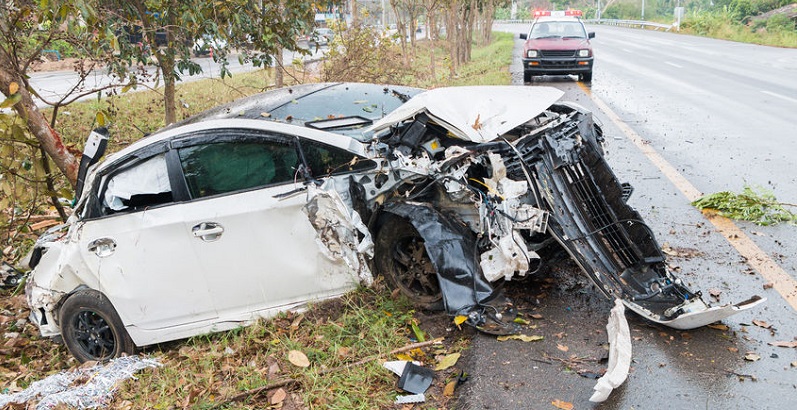40,200 people died in car accidents last year; that’s an increase of six percent compared to 2015 and the first time in a decade that more than 40,000 lives were lost on U.S. roads.
How Self-Driving Cars and Fully Autonomous Vehicles Can Make Our Roadways Safer, Prevent Auto Accidents
The National Safety Council (NSC) just released the 2016 statistics on fatal vehicle crashes, and the numbers are not good. According to the NSC, 40,200 people died in crashes last year; that’s an increase of six percent compared to 2015 and the first time in a decade that more than 40,000 lives were lost on U.S. roads. In addition to those killed, another 4.6 million people were injured in auto accidents, an increase of seven percent compared to 2015. These latest statistics highlight the need, now, more than ever, for improved road safety. A Vision for Safety 2.0., a Department of Transportation guide about the latest in automobile technology, discusses twelve areas of safety and collects voluntary data from companies testing advanced car technology.
New Technology Can Override Deadly Human Error
Officials often point to human error as the primary cause of vehicle crashes. Human error involves everything from not wearing a seatbelt and speeding to texting while driving or driving while under the influence of drugs or alcohol. Regardless, it’s humans making the wrong choices that cause most fatal crashes. As a result, manufacturers and engineers are eager to advance automobile technology far enough to take those bad choices out of the hands of drivers.
The U.S. Department of Transportation and the National Highway Traffic Safety Administration (NHTSA) both support and promote such advancements, and recently released new federal guidelines for Automated Driving Systems (ADS). Among other things, the guidelines support those entities who are designing, testing, and selling ADSs. According to documents released by A Vision for Safety 2.0, the guidance also helps ADS designers resolve safety issues using their own internal best practices as well as those put forth by the industry. Secretary Elaine L. Chao, U.S. Department of Transportation, stated:
“The U.S. Department of Transportation has a role to play in building and shaping this future by developing a regulatory framework that encourages, rather than hampers, the safe development, testing and deployment of automated vehicle technology. The major factor in 94 percent of all fatal crashes is human error. So ADSs have the potential to significantly reduce highway fatalities by addressing the root cause of these tragic crashes.”
Totally Hands-free Driving Is Closer Than You Think
According to some of those working on partial autonomous, or self-driving technology, the first mass production of self-driving cars could become a reality within five years. Fully autonomous vehicles, those without steering wheels or pedals, could become a reality within 10 years. For now, vehicles are rated zero through five depending on their level of technology. Under the SAE International, SAE 0 means there is no vehicle automation while SAE 5 refers to a fully automated vehicle. There is so much that goes into vehicle automation, but it all starts with sensors, and that is where the technology has advanced. Currently, many different sensors do different things, such as:
- Ultrasonic sensors – using sound waves, these sensors can detect the exact location of obstacles and play a role in automated parking.
- Image sensors – these generate images imitating the human eye and are used to “read” traffic signs, lights, or lane markings.
- Radar sensors – these send out short and long electromagnetic waves and are used to determine object heights, such as the height of a bridge.
- Lidar sensors – are used to scan environments and will be used to enhance details of the environment directly surrounding an automated vehicle.
- A cloud sensor – which gives real-time, accurate map details. This sensor is still in development as it’s still unable to give an accurate description of highways and rural areas.
Colorado Does Its Part to Advance Driverless Vehicles
In June of this year, Colorado’s governor made it legal to develop autonomous vehicles in the state, as long as developers abide by existing rules and safely test such cars. This comes after Uber’s self-driving tractor-trailer made a 120-mile trip to deliver beer from Fort Collins to Colorado Springs. According to those involved in the legislation, the point of the law is to encourage companies, in addition to automobile manufacturers, to continue developing the technology necessary for fully autonomous vehicles. And once that happens, officials believe the roads, in Colorado as well as across the United States, will become safer.

